Past, Present and Future
In this overview I will be mentioning activities relevant to the expertise areas Business and Entrepreneurship (B&E), User and Society (U&S), Math, Data and Computing (MD&C), Creativity and Aesthetics (C&A) and Technology and Realisation (T&R).
Past and Present #
Ever since first laying my eyes on computer screens, I dreamt about making something for them. Together with friends, I sketched levels for games we dreamt of making. At the age of 12, I got a book: Making games with GameMaker. I was hooked. Throughout high school I spent countless hours programming little games, and was sure I wanted to pursue a career in the game industry.
Year 0 - HKU Games and Interaction #
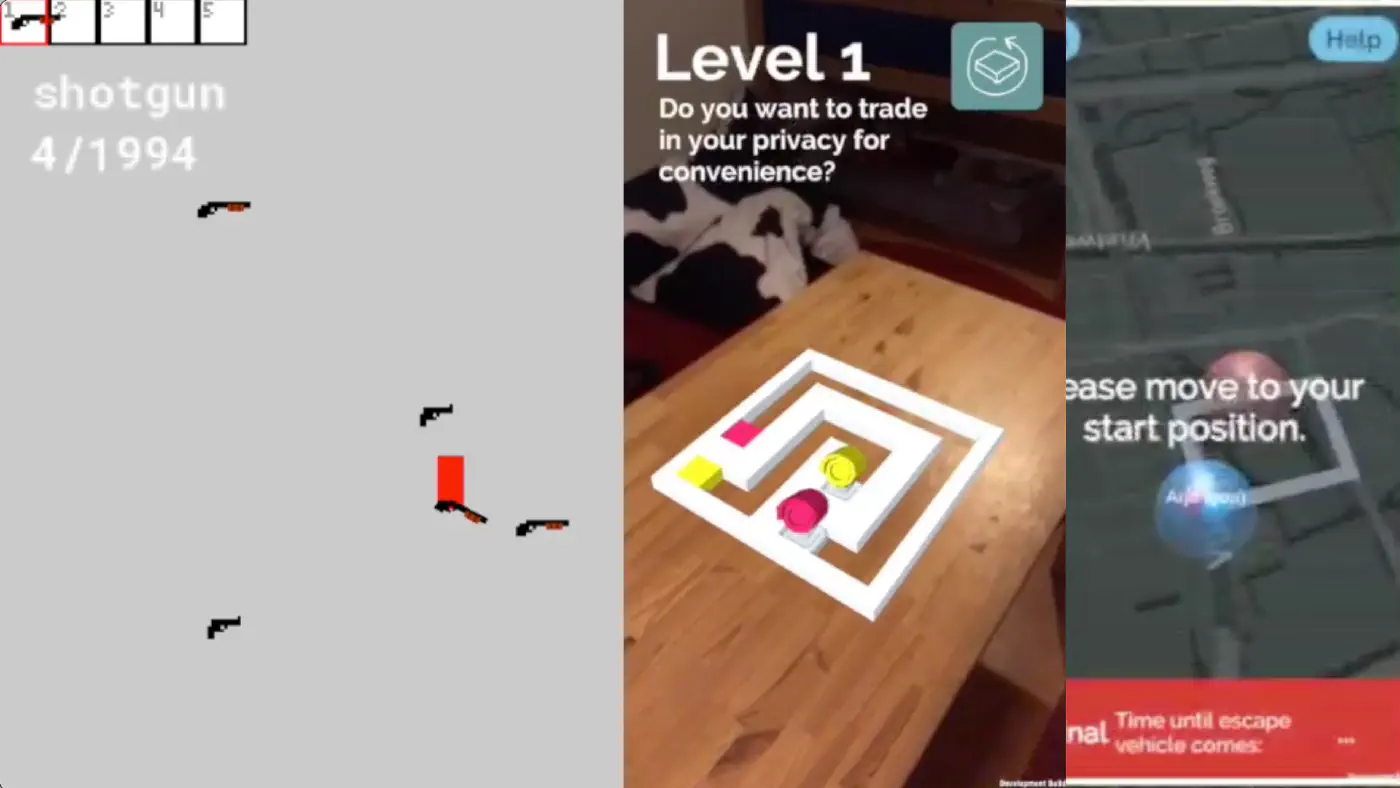
It was only after I had started the study program Games and interaction at the University of the Arts Utrecht (HKU), that I realised I didn’t want to apply my design skills to just making entertainment, or serious games, but wanted to do something more useful. So I joined Industrial Design at the TU/e. It was here where I went from purely making things for the sake of making things, to attempting to solve societally relevant problems through design. It introduced a focus on the why, not just the how.
Year 1 - Industrial Design at the TU/e. All-in #
In the first year of ID, I went all-in: I participated in all courses, did an extra machine learning course, was Chief Promotion of a Lucid committee, helped with the Lucid website redesign and development, built two prototypes for projects From Idea To Design and Project 1 and participated in the TU/e contest. The courses gave me a broad basis to work from, and useful theoretical knowledge such as User Centred Design, which helped me develop U&S, also in future projects.
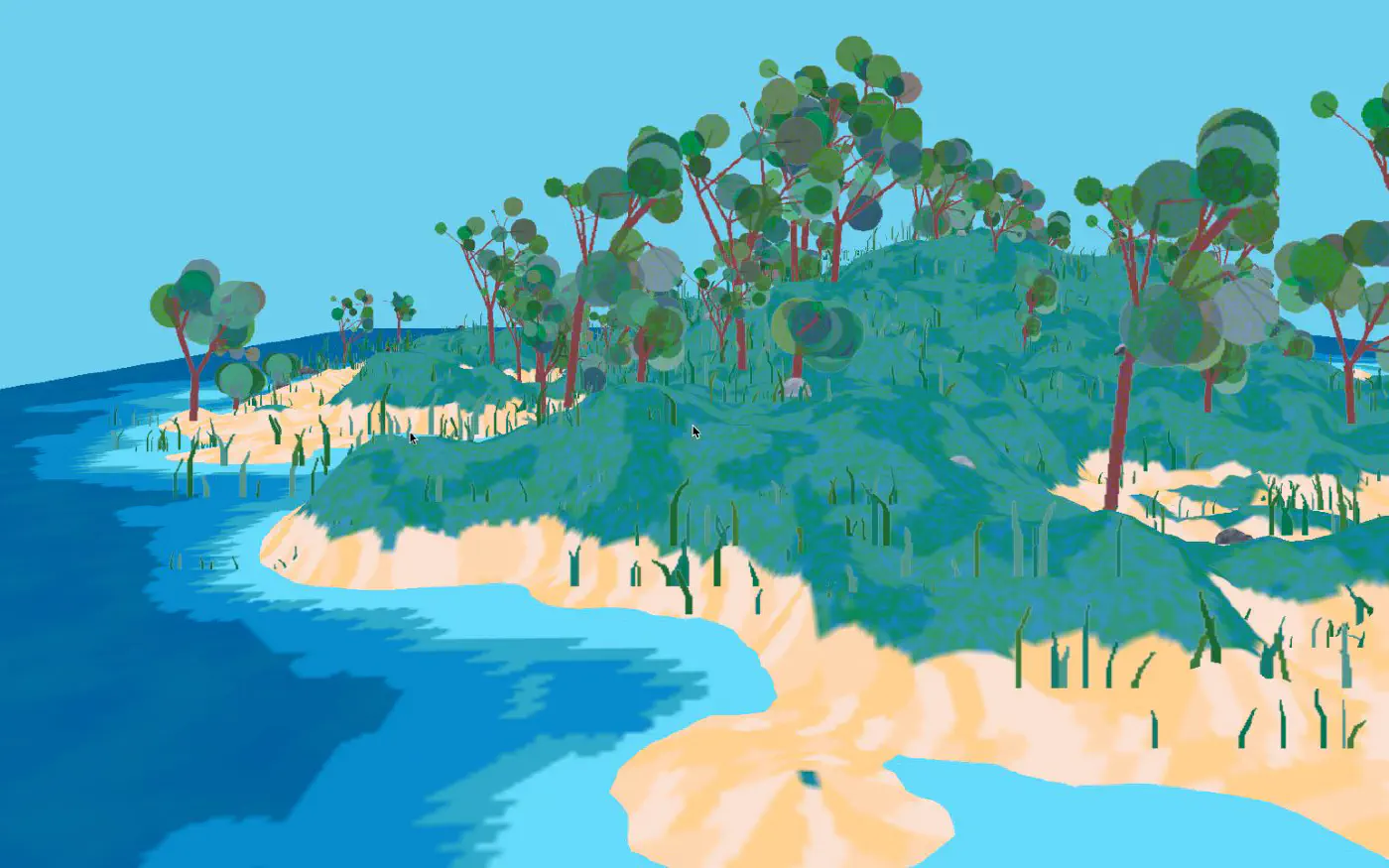
By working on the Lucid website redesign, I learned to collaborate effectively with other designers and ship a product to users. In this process, I predominantly developed in U&S, T&R and C&A.
At the TU/e contest, I pitched my ideas for an augmented reality platform for the Ministry of Defence, which led me to my first freelance project: building AR and VR experiences for construction projects.
Year 2 - Ministry of Defence and UrbanAR #
The second year of ID, I spent balancing these large freelance projects of the Ministry of Defence with doing my courses. At the same time, I worked on UrbanAR, a project that set a clear direction for the following years of what I would be working on.
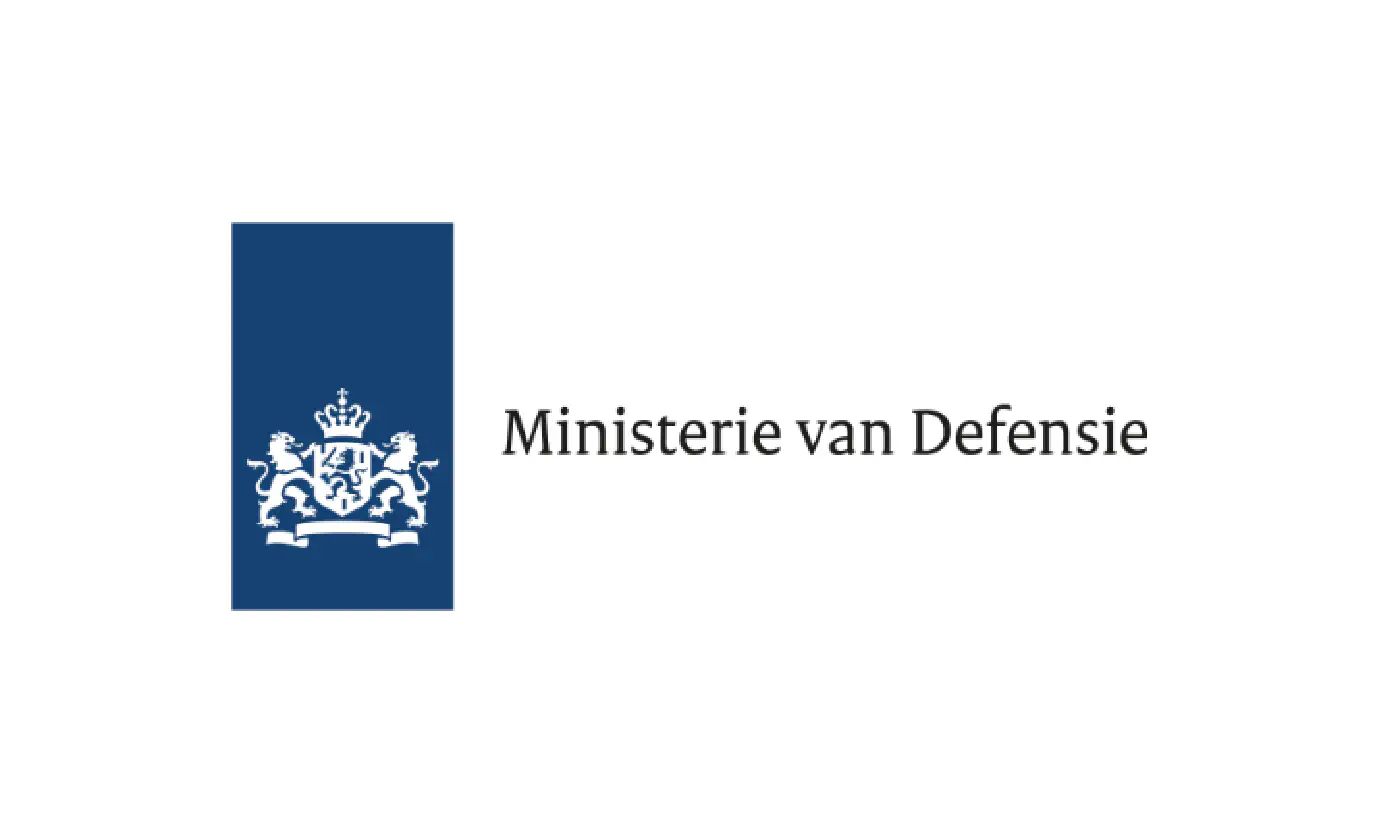
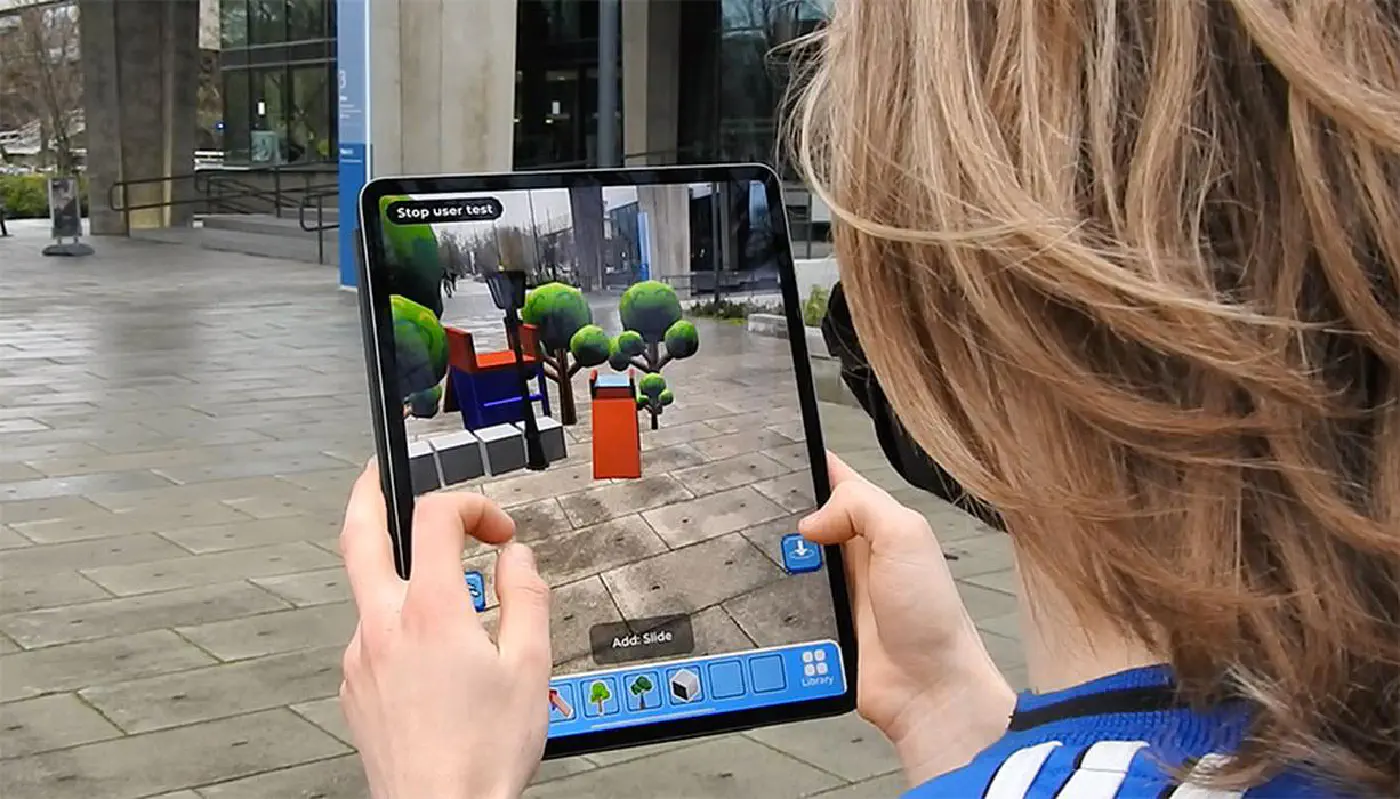
Working for the Ministry of Defence gave me experience with managing a client relationship, and guiding a design process outside of the guardrails of the TU/e. This was a hard, but fulfilling experience, that taught me about B&E (how do I run a freelance business), and U&E (how do I work for and with an organisation and guide the design process).
In the B2.1 project UrbanAR, I managed to develop in the area of C&A and U&E, designing and user testing a system and user experience, reasoning about how it fit into society as a whole and its aesthetic qualities. B&E here was underrepresented.
I failed my B2.2 project, because I was too focused on C&A, MD&C and T&R to make meaningful research contributions, but this was a valuable learning experience.
Year 3 - Courses, Responsible Innovation and TU/e Contest #
In this third year I focused on passing all my courses, so that I could move to the final year of the ID bachelor.
In Project 3, I focused on not making the same mistakes as before, and put a strong focus on generating research insights through a design artefact, rather than focusing on the technological realisation. A user study was performed and the data was evaluated. See Projects - Resilience Planner for more information.
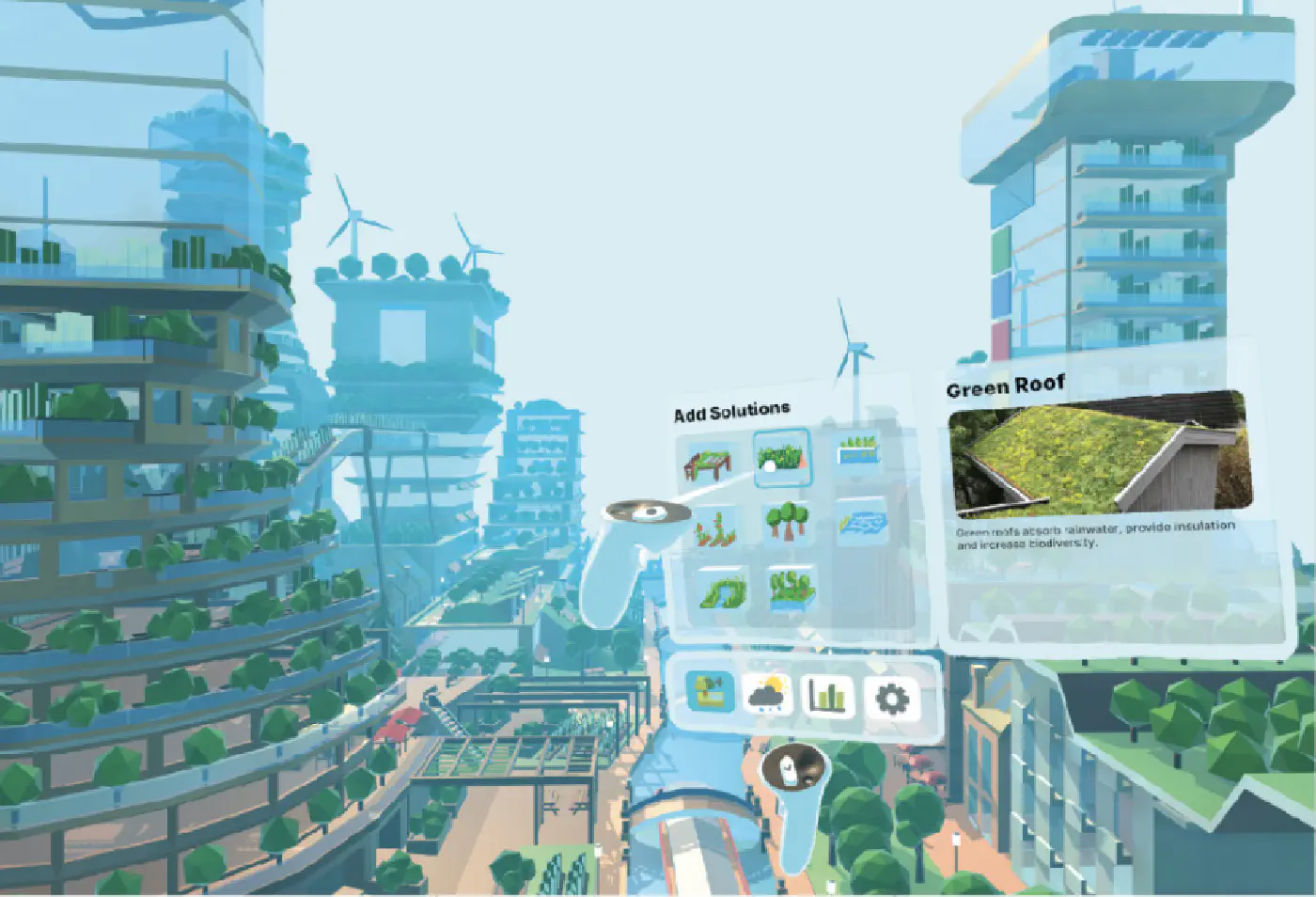
I also participated in the USE learning line Responsible Innovation by Johanna Höffken. In the context of this course, we were heavily encouraged to think about the ethical implications of technology, and how to use technology in a context that is beneficial for society, and developed in collaboration with society. I created a prototype for an augmented reality design app that enabled children to engage in participatory processes in the Municipality and their neighbourhoods. An account of this project can be read in Projects - XR Designer. Here a strong focus was on U&S, and C&A.
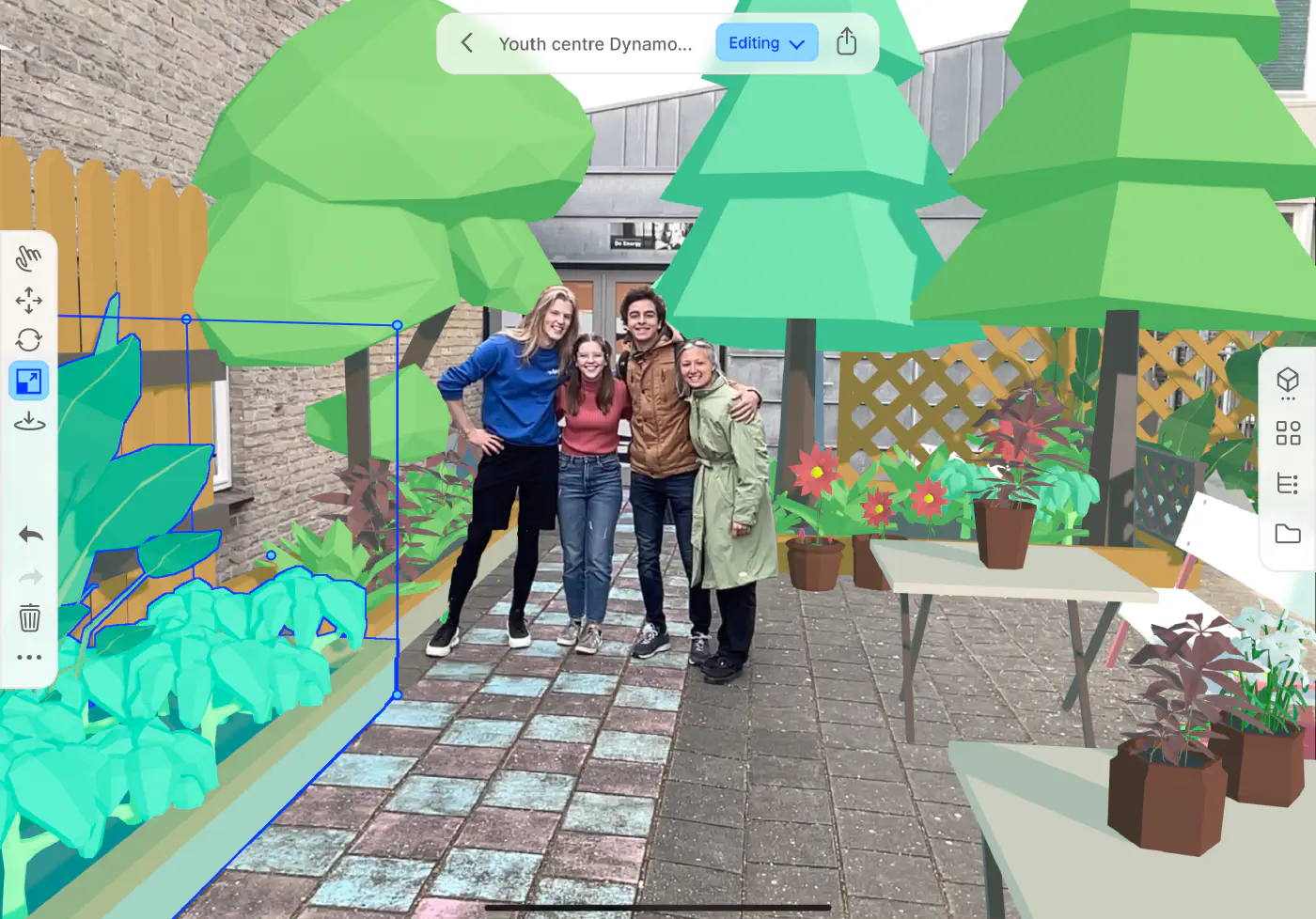
I then participated with this prototype in the TU/e contest and won the ASML Makers Award.
Year 4 - Student team / startup: ShapeReality #
From winning this TU/e contest, and seeing the opportunity of further pursuing software that would improve the creation and add live-editing of XR experiences, I decided to set up a student team together with two fellow students, Sigi van Lindt and Timo Maessen, called ShapeReality. In this year I learned for the first time how to write production ready software, rather than a prototype to test a user interface. A reflection on this experience can be read here: A 1000 commits later. In this process, we joined the Startup Readiness Program at the Gate, which coached us in thinking about business models and achieving product market fit. In order to determine who our market was, we would schedule countless interviews and visits with companies as a student team, and learned more about the market than we could have learned if we had stayed in the safe environment of the TU/e.
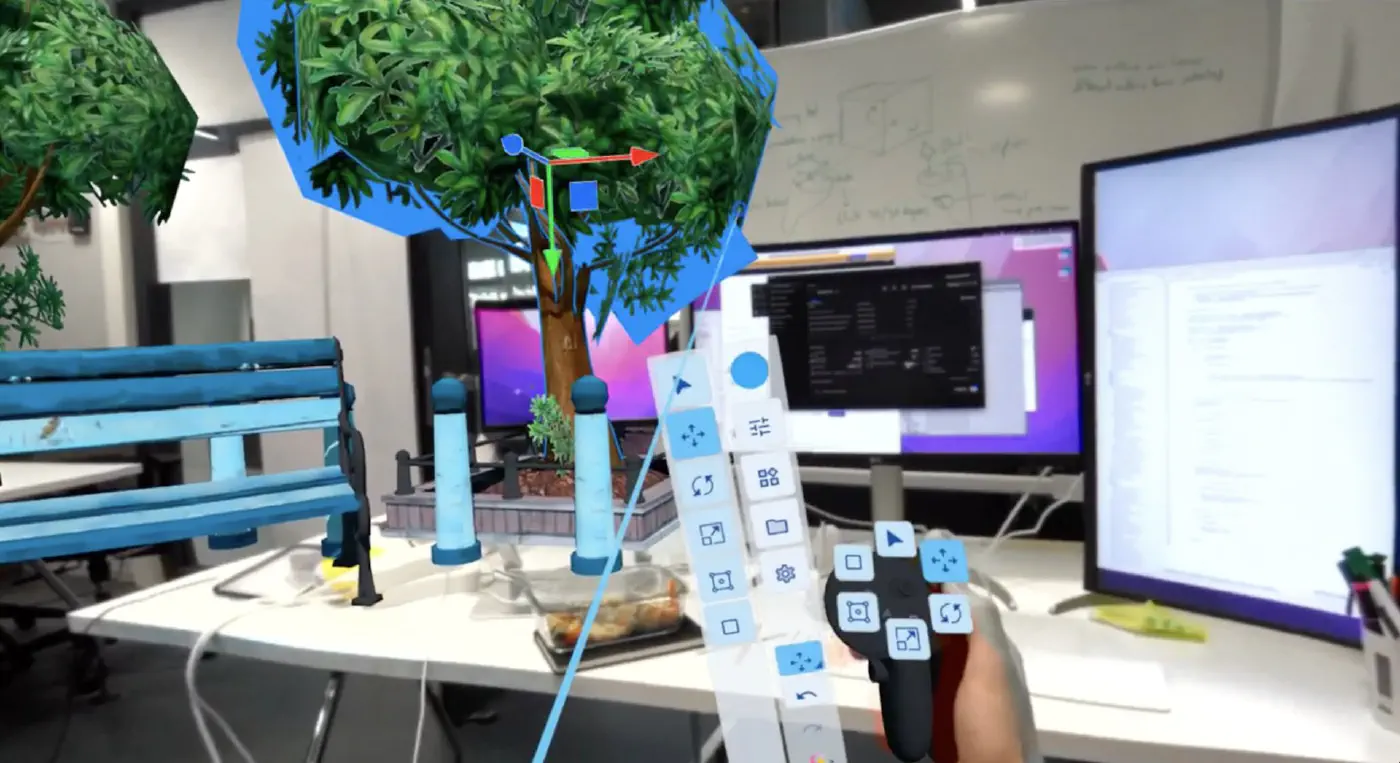
Through building and launching the product, talking to investors and potential customers, we determined it did not have the potential to scale beyond a small niche and a “nice-to-have”, unless we radically pivoted. Therefore, we made the decision to not further pursue the project.
See Projects - ShapeReality for an overview of what we had built, and the in-between progress.
Building a startup and a product required such multidisciplinary efforts that all expertise areas were touched, but most importantly MD&C, T&R, U&S and B&E.
Year 5 - Internship Atomontage and FBP #
After stopping my work on ShapeReality, I decided to finish the third year of the ID bachelor, and arranged an internship at the game engine startup Atomontage. Here I worked for three months, designing a new editor experience and building a prototype on top of their platform, further improving my C&A, T&R and MD&C skills. However, because the startup was relatively small (15 people), I had direct contact with the founders, who I engaged with to further develop my B&E skills.

After this internship, I decided to pursue the same dream I had been building at ShapeReality, but as a hobby project, and more technical. This can be read in Projects - Untitled game engine project. Here, I focused purely on MD&C and T&R, to enable me to build and design for more advanced software. I want to build and design 3D software such as Blender and Unity themselves, rather than merely using the software. This was also part of my FBP.
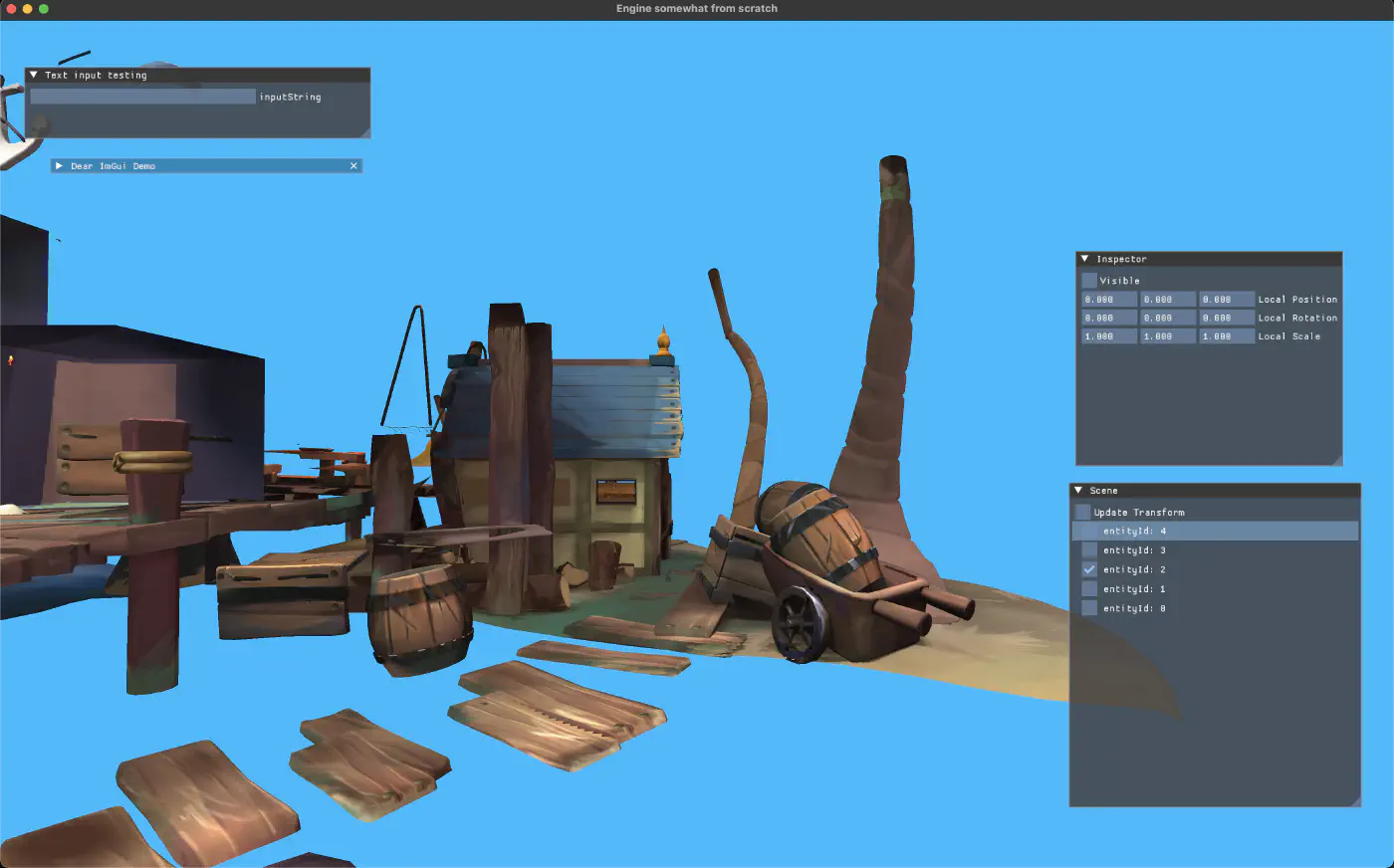
In my FBP, I focused on reaching out to industry experts to get a better understanding of the industry I wanted to contribute to, and the issues that could be solved there through software (U&S). I also planned different business models I could pursue in the future (B&E).
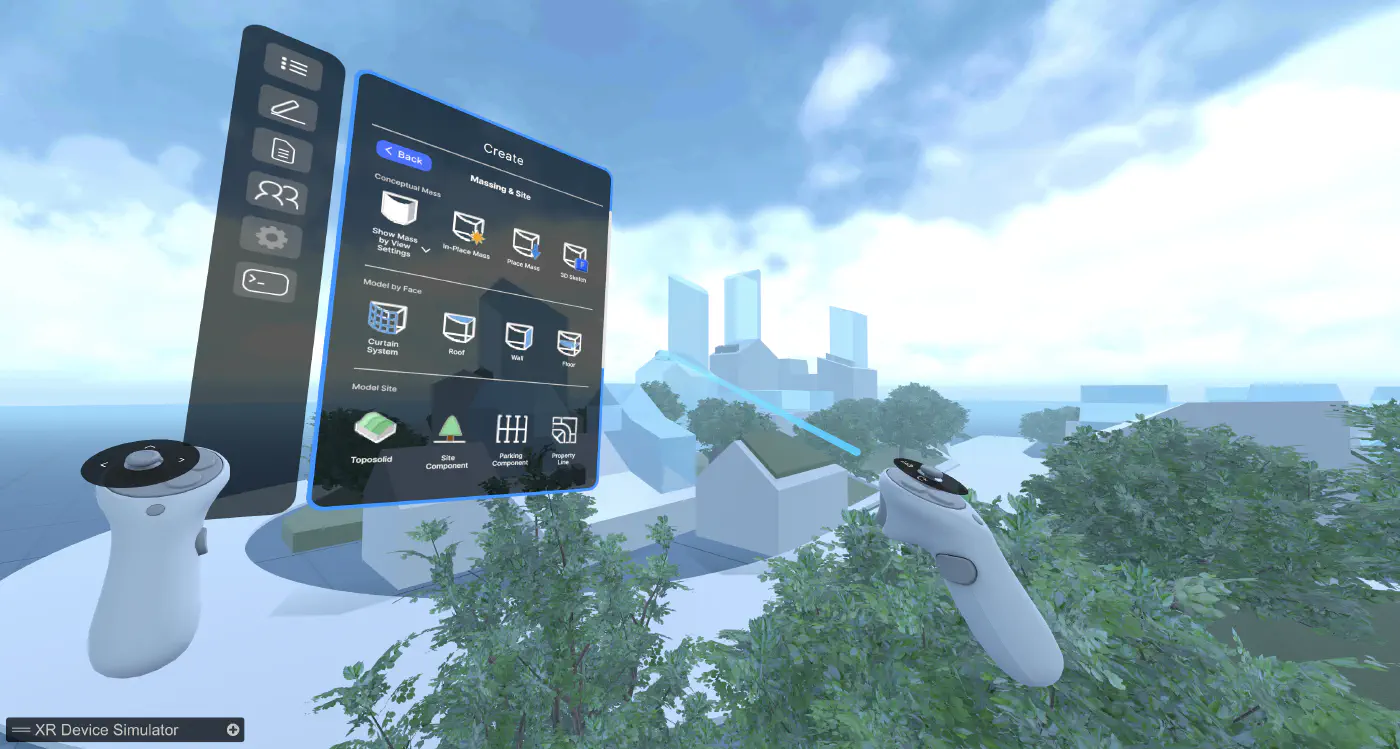
Right now, I continued to pursue the ambition to build 3D software, and am working for the Design Academy on an XR related project. My experience at the TU/e ID program from courses and projects enables me to work efffectively in a collaborative context.
Future #
After this, as I mention in my Professional Identity and Vision, I want to work at a startup as a designer and programmer, and want to contribute to a greener future through working for or creating software for the AEC industry. I will continue working on experiments in my free time, and eventually want to transform these experiments into a software startup.
My latest experiment can be seen here, which was done with the goal of furthering my ability to build software without a crutch, such as a game engine: metal-experiment: The value of underengineering